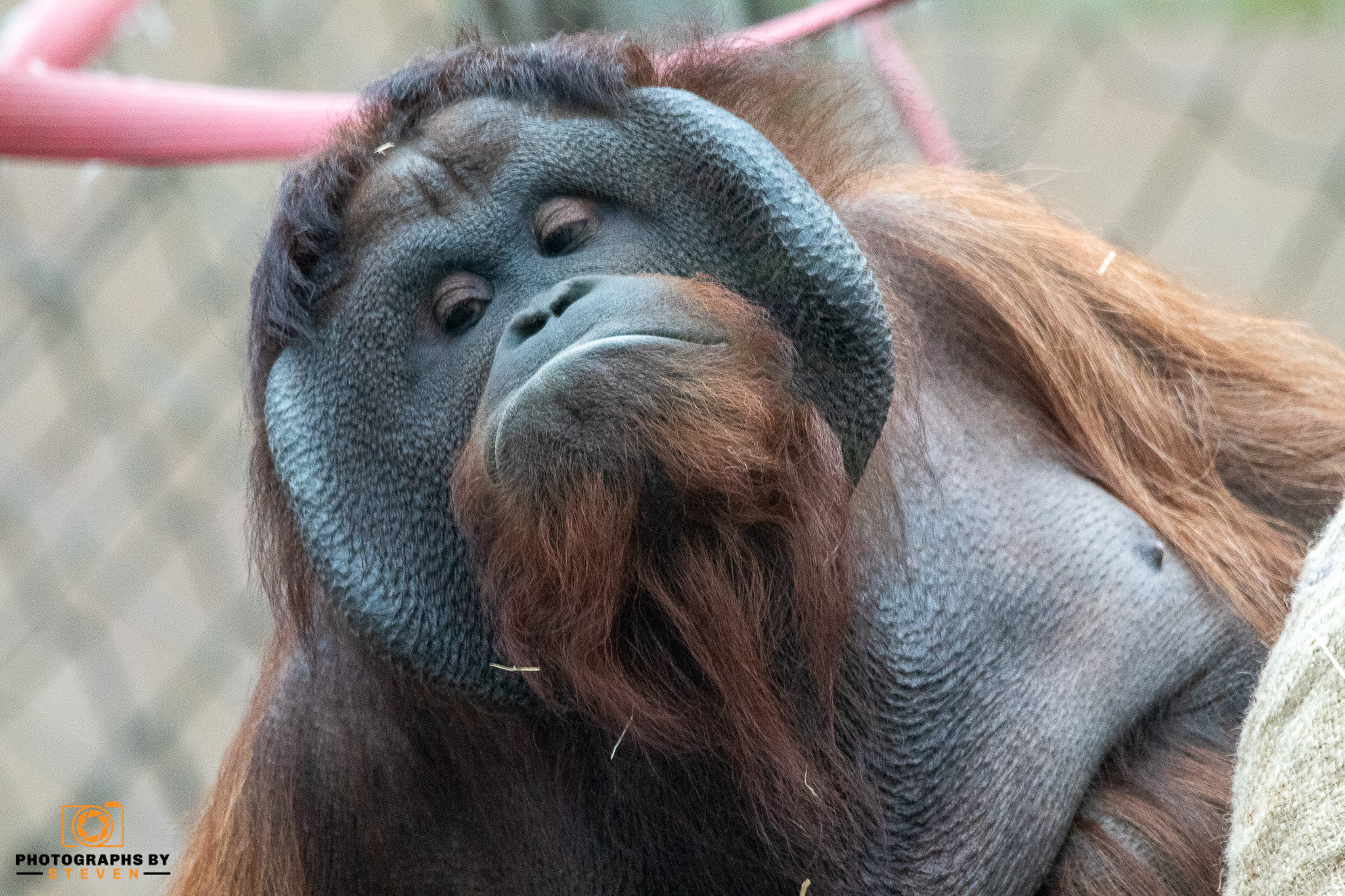Most people associate Halloween with pumpkins, candy-filled bags, and crowds of cute little kids dressed in costumes. They also imagine witches, ghosts, ghouls, and other creepy, crawly things that will make your hair stand on end.
Every animal is beautiful in their way. However, the appearance and behaviour of some of these animals lend themselves perfectly to Halloween's eerie atmosphere. Here are the most well-known, along with a brief explanation of why and how they became associated with Halloween.
Spiders
Spiders are creepy with all their legs (8) and web-slinging abilities. The fact that some spider bites are poisonous also does not help their image. Then there's the folklore: spiders and their web-weaving abilities aid witches in casting spells. "Familiars" are creatures who assist witches with their dirty work.
But why are spiders thought to be Halloween animals? Spiders were associated with witchcraft during the Middle Ages because people believed they used magic to weave such intricate webs. And during the Halloween season, spiders mature enough to start weaving webs inside and outside our homes — and what spooky old house doesn't have spiderwebs all over it?
There are over 45,000 species of spiders, but only a few are dangerous to humans, but all spiders, like the wolf, play an essential role in their ecosystems. Spiders are natural pest control agents because they eat harmful insects that would otherwise destroy crops on which people rely for food. Because of habitat loss and arachnophobia, humans, like the other not-so-scary animals on this list, pose a more significant threat to spiders than humans.
Wolves
Wolves have become synonymous with Halloween due to the ancient werewolf myth. These mythical creatures are said to be under a spell, and when a full moon appears, a man transforms into a werewolf with unusually high speed, strength, and senses. Wolves have been incorrectly associated with these legends due to their similar fur coats and howling abilities. As a result, the ordinary wolf is generally regarded with fear.
Wolves are the most prominent and everyday members of the dog family. They can be found in various habitats almost anywhere in the Northern Hemisphere. However, they have been hunted to near extinction in recent years. Grey wolves are considered top predators, controlling deer, coyotes, and raccoon populations. Unlike Halloween stories, where werewolves attack humans, wolves will go out of their way to avoid human contact.
And wolves are a "keystone species," which means they play critical roles in their ecosystem. Other plants and animals around them may become extinct if they do not exist.
Bats
After author Bram Stoker published his famous horror novel Dracula in 1897, bats became associated with Halloween. Vampires in the novel shapeshift into bats to hide their nighttime blood-sucking — and three species of real-life bats from South and Central America do indeed feed on blood. However, the other 1,300 bat species eat insects, fish, and nectar.
Each bat, like our fingerprints, has a distinct pattern on its wings that distinguishes them from one another. They are also the only flying mammals on the planet, and like insects and birds, they pollinate plants, allowing us to grow some of our favourite fruits, such as bananas and mangos.
Bats can also recognise each other's voices, which is handy when you live in a cave with up to 20 million other bats! In addition, when hunting mosquitos or other prey, bats use echolocation, which is essentially seeing with sound. We truly consider ourselves fortunate to share the planet with such incredible creatures.
Ravens
Ravens and their little crow cousins have long been connected to Halloween, death, and the dark. Yet why? They forage for food rather than go hunting contributes to their somewhat eerie appearance. And as a result, people's fear of the large, black birds increased after Edgar Allen Poe penned his infamous and terrifying poem "The Raven" in 1845.
Even though many civilisations have given them a fearsome reputation, ravens are incredibly intelligent. Like parrots, ravens can imitate human and other bird calls and may be highly friendly and affectionate with people who care for them.



Leave me a comment
Thank you for reading my post, if you want to leave a comment, you can do so below.